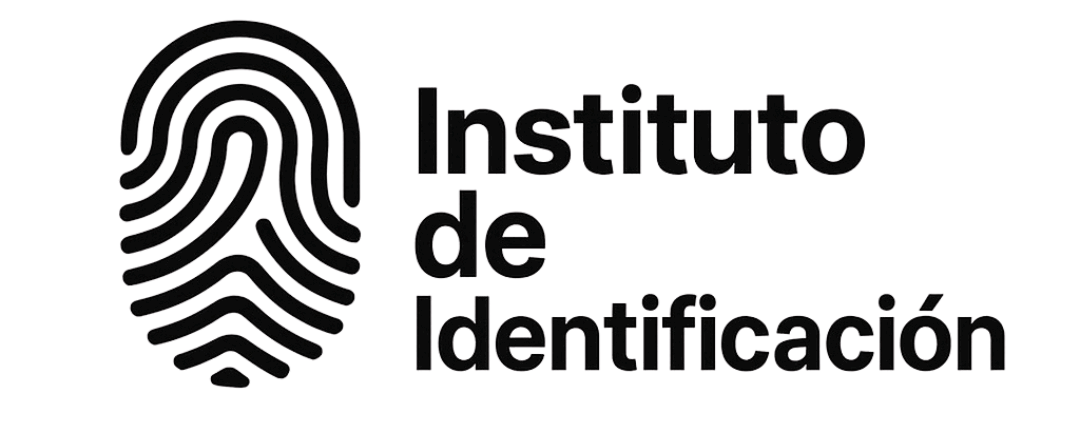Experiencing lower back pain is a common issue that affects many individuals, disrupting daily activities and diminishing quality of life.
Tracking your pain and symptoms for free can be the first step toward understanding and mitigating this discomfort. It’s a journey many embark on without guidance and often feel lost in.
Here you will find the simplest and most straightforward steps to resolve this now, but don’t miss our other articles for more insights.
What you will find in this article
- What Does It Mean When Your Lower Back Hurts?
- Most Common Causes: From Bad Posture to Herniated Discs
- How to Tell If It’s Muscular, Nerve-Related, or Something Else
- What Tests Can Help Diagnose the Issue
- Home Care Tips Before Seeking Medical Attention
- When Lower Back Pain Could Be a Sign of a More Serious Condition
Understanding the root cause of your lower back pain is crucial for addressing it properly. In this article, we delve into various contributing factors to your pain, empowering you with clarity and actionable steps to manage your symptoms effectively.
What Does It Mean When Your Lower Back Hurts?
Lower back pain is a multifaceted issue that can stem from numerous causes. It is a signal from your body indicating that something is amiss. This pain can result from strain, injury, or even underlying health conditions.
- Commonality: Many individuals experience it due to daily stress or improper posture.
- Duration: It can range from acute to chronic, lingering for varying lengths of time.
- Severity: Pain can be mild discomfort or severely debilitating.
- Impact: It affects your ability to perform daily activities and enjoy life.
- Cultural perspective: A sedentary lifestyle is often a significant contributor.
- Age factor: Aging can increase the risk of experiencing lower back pain.
- Emotional connection: Stress and tension can exacerbate pain.
Most Common Causes: From Bad Posture to Herniated Discs
Understanding what might be causing your lower back pain is the first step toward relief. Here are some of the most common causes:
- Poor Posture: Sitting or standing improperly can strain lower back muscles.
- Muscle Strain: Overexertion in physical activities often leads to strain. 🙆♂️
- Herniated Discs: A condition where disc material presses on nerves, causing pain.
- Sciatica: Pain radiating along the sciatic nerve from the lower back down the leg.
- Arthritis: Inflammation of joints can lead to chronic back pain.
- Osteoporosis: Weakened bones can lead to fractures and back pain.
- Inactivity: Lack of movement can contribute to poor muscle health and pain.
How to Tell If It’s Muscular, Nerve-Related, or Something Else
Identifying the type of pain can help in its treatment:
- Muscular pain: Often feels like a dull ache, worse with movement but relieved by rest.
- Nerve pain: Sharp, shooting pain, often accompanies tingling or numbness.
- Joint pain: Associated with stiffness, reduced flexibility, and morning pain.
- Sensory tests: Simple at-home tests can help identify nerve involvement.
- Symptom tracking: Keep a record of when pain occurs to identify patterns.
- Professional assessment: Seeing a healthcare provider can provide clarity and diagnosis.
- Personal observation: Reflect on new activities or stressors that might trigger pain.
What Tests Can Help Diagnose the Issue
Diagnosis is essential for effective treatment:
- X-rays: Can reveal bone issues, such as fractures or arthritis.
- MRIs: Provide detailed images of soft tissues like muscles and discs.
- CT scans: Offer a comprehensive view of bone and tissue structures.
- Nerve studies: Help identify nerve compression or damage.
- Blood tests: May detect inflammation or other underlying health concerns.
- Activity tests: Evaluate how your pain limits your movements.
- Physical examination: Initial assessments done by a healthcare provider. 🏥
Home Care Tips Before Seeking Medical Attention
Before you seek professional help, try these home remedies to alleviate lower back pain:
- Rest adequately: Ensure you’re not overburdening your back.
- Apply heat or cold: Use ice packs for inflammation, heat for muscle relaxation.
- Stay active: Gentle exercises like walks or yoga can prevent stiffness.
- Over-the-counter medication: NSAIDs like ibuprofen can help reduce pain.
- Stretching exercises: Regular stretching can improve flexibility and reduce tension. 🤸♀️
- Maintain posture: Be mindful of your posture while sitting and standing.
- Alternative therapies: Consider massage or acupuncture for relief.
When Lower Back Pain Could Be a Sign of a More Serious Condition
It’s crucial to recognize when lower back pain signals a more severe issue:
- Lasting pain: If pain persists for more than six weeks despite home care, seek advice.
- Severe pain: Intense pain that does not improve with rest is concerning.
- Accompanied symptoms: Fever, unexplained weight loss, or loss of bladder control are red flags.
- Nerve problems: Weakness or tingling down the legs requires immediate attention. 🚨
- History of osteoporosis: Increases the risk of serious back problems.
- Past injuries: Old injuries can sometimes resurface with new symptoms.
- Age factor: Risk increases with age, necessitating careful monitoring.
Now that you know how to track your lower back pain efficiently, the next step is enhancing your understanding and approaching treatment strategically.
➡️ Next article: ✅ Top lower back stretches
Conclusion
Throughout this article, you’ve learned about the common causes of lower back pain, how to identify its nature, and when to seek medical help. Armed with this information, you can take proactive steps in managing your pain and improving your quality of life. Remember, you’re not alone in this, and understanding is the first step toward relief. Take control of your health today by staying informed and seeking appropriate care.
